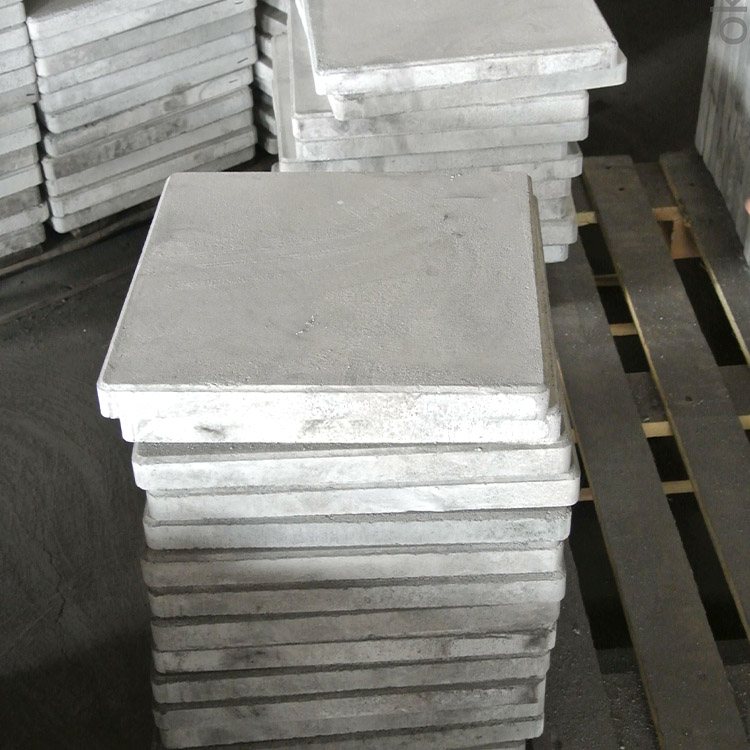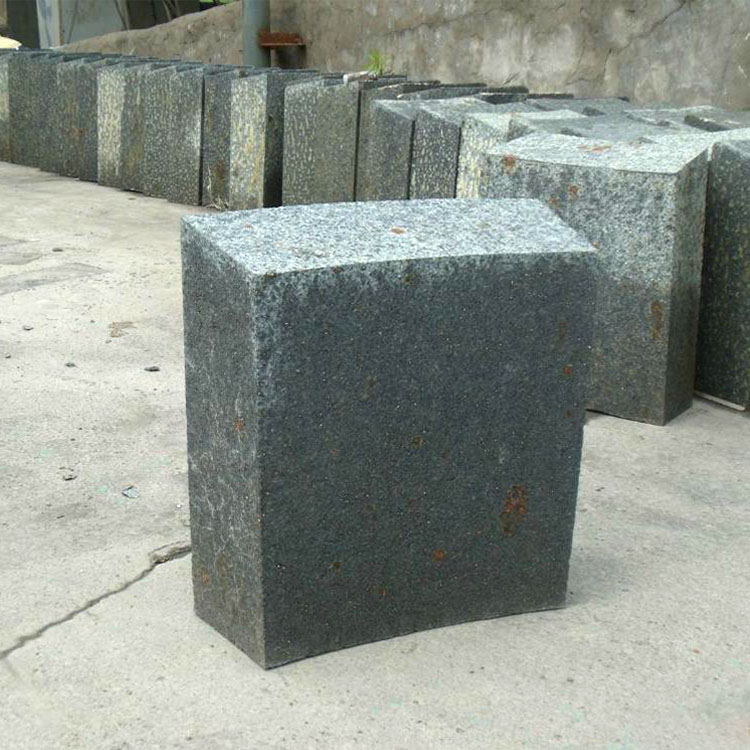
As a front - line technician in the steel industry, you often face the challenge of choosing the right refractory materials for steel furnaces. Andalusite refractory bricks have emerged as a top - choice solution. Compared with high - alumina bricks, andalusite refractory bricks offer significant advantages. In a high - temperature environment where the temperature can change rapidly, high - alumina bricks may experience a strength loss of up to 30% within the first 100 heating - cooling cycles. In contrast, andalusite refractory bricks maintain over 90% of their original strength under the same conditions, ensuring the long - term stability of the furnace lining.

Proper installation is crucial for the performance of andalusite refractory bricks. First, you need to ensure that the furnace base is flat and clean. Any unevenness can lead to stress concentration in the bricks during use, which may cause premature cracking. When laying the bricks, the joint width should be controlled within 2 - 3mm. A wider joint can reduce the overall strength of the lining, while a narrower joint may cause difficulty in installation and potential damage to the bricks. It is also recommended to use a special refractory mortar that matches the andalusite refractory bricks to ensure good adhesion and thermal stability.
Thermal shock cracks are one of the most common problems in andalusite refractory bricks. You can start with visual inspection. Regularly check the surface of the bricks for fine cracks. In the early stage, these cracks may be as thin as 0.1mm, which are difficult to detect with the naked eye. You can use a magnifying glass for a more detailed inspection. In addition, infrared thermography can be a powerful auxiliary tool. Abnormal temperature distribution on the brick surface may indicate the presence of internal cracks. For example, a local temperature drop of more than 50°C compared to the surrounding area may suggest a hidden crack.

Creep is another issue that affects the performance of andalusite refractory bricks. Creep deformation often occurs in the long - term high - temperature environment. You can measure the thickness and height of the bricks regularly. A reduction of more than 5% in thickness or a change of more than 3% in height over a period of 6 months may indicate significant creep. You can also observe the shape of the bricks. If the bricks start to bulge or warp, it is a sign of creep.
Let's look at a typical case. In a steel plant, a furnace using high - alumina bricks experienced frequent lining failures. The bricks cracked and deformed after only 200 heating - cooling cycles, which affected the normal operation of the furnace and increased production costs. After replacing with andalusite refractory bricks, the lining lasted for more than 1000 cycles without significant damage, greatly improving the stability of production.
To ensure the long - term performance of andalusite refractory bricks, you need to establish a preventive maintenance plan. First, set up a regular inspection schedule. Conduct visual inspections at least once a week and use infrared thermography at least once a month. Second, record all inspection results in detail, including the location, size, and development of cracks or deformation. Third, based on the inspection results, develop a replacement plan for the bricks. Replace the seriously damaged bricks in time to prevent further damage to the lining.
"Regular and scientific maintenance of andalusite refractory bricks can significantly extend their service life and ensure the safe operation of the furnace." - Dr. Smith, a refractory material expert
By following the above steps, you can effectively manage andalusite refractory bricks in your steel furnace. If you want to learn more about the maintenance of andalusite refractory bricks, click here to get the PDF version of Andalusite Refractory Bricks Maintenance Manual.


